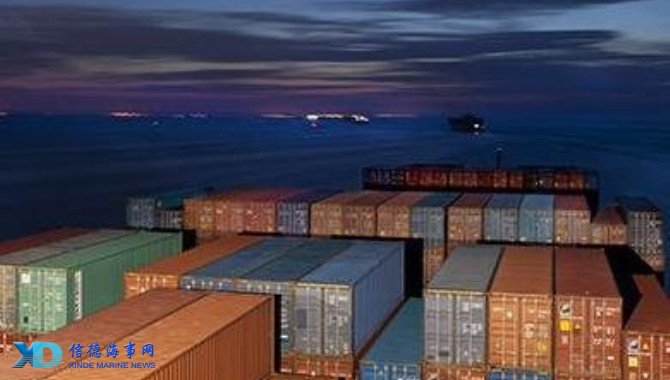
IF there was ever a year when the outlook for reliability in the international logistics system was more clouded, 2019 and into 2020 would take the prize. It could be quite a ride.
In the ocean container space, certain things have changed to cloud the outlook. One is that following consolidation of the industry over the past three years, carriers have begun behaving differently. Simply put, they are, as a group, less predictable. And that implies greater risk for shippers.
Caution in ship ordering and deployment of tonnage was more evident in 2018 than in prior years - as seen in the trans-Pacific when carriers withdrew tonnage mid-year and didn't restore it despite the front-loading of imports to avoid tariffs on China that were to have taken effect on January 1, before a truce was called in early December, reports IHS Media.
The combination of capacity restraint and an unnatural spike in volumes drove trans-Pacific spot rates to a five-year high and created tight capacity in the eastbound trade, where shippers faced difficulties getting containers loaded - another reminder that low contract rates secured in a weaker market earlier in the year can come back to haunt shippers if the market tightens during the peak season.
Maersk and other carriers have said they will exercise caution in capacity in 2019. As Drewry noted last autumn, "There are signs that some aspects of predatory pricing practices are receding and carrier vessel deployment (is) more disciplined."
Some carriers also have begun to behave differently in regard to what business they see themselves being in, adding another wild card.
While carriers such as Hapag-Lloyd and Ocean Network Express (ONE) see themselves as traditional ocean carriers and are aiming to maximise efficiency and improve the customer experience, Maersk and CMA CGM are reinventing themselves as end-to-end logistics providers, a new direction for traditional carrier organisations.
On the demand side, which is weakening as 2019 begins. Trans-Pacific demand in early 2019 will be denied the volumes that were pushed to arrive before imposition of the threatened China tariffs. On top of that, the US economy is slowing.
In an unpredictable market that includes one-of-a-kind factors such as the January 1, 2020, International Maritime Organization (IMO) sulfur cap, that could prove an ill-timed distraction, given that the majority of revenue is still derived from ocean freight.
It's hard to envision carriers going into the 2018-2019 contract negotiations in a strong position, given likely weakness in early year volumes, which increases the likelihood that in competition for volumes and market share, at least some carriers will compromise on compensation for expected higher low-sulfur fuel costs.
If carriers buckle - and whether they do is the biggest question hanging over early 2019 - watch out, because if low-sulfur fuel ends up being more expensive than traditional bunkers, as many expect, carriers will need more revenue to avoid losses. If they don't get it in the form of fuel surcharges, that sets up the potential for carriers to resort to capacity withdrawals as the only tool to get rates high enough to cover the higher costs.
Source:HKSG Group
Please Contact Us at:
admin@xindemarine.com

